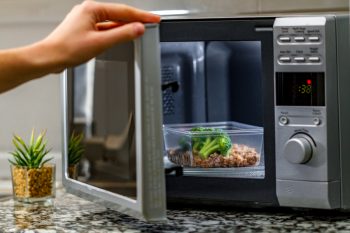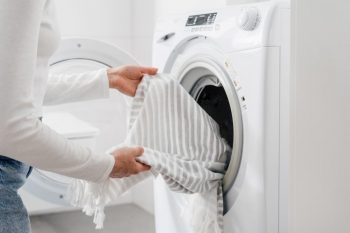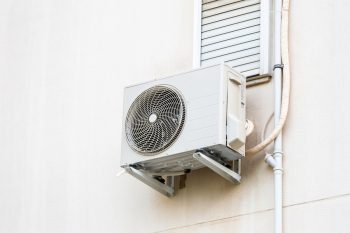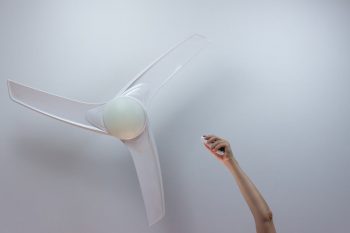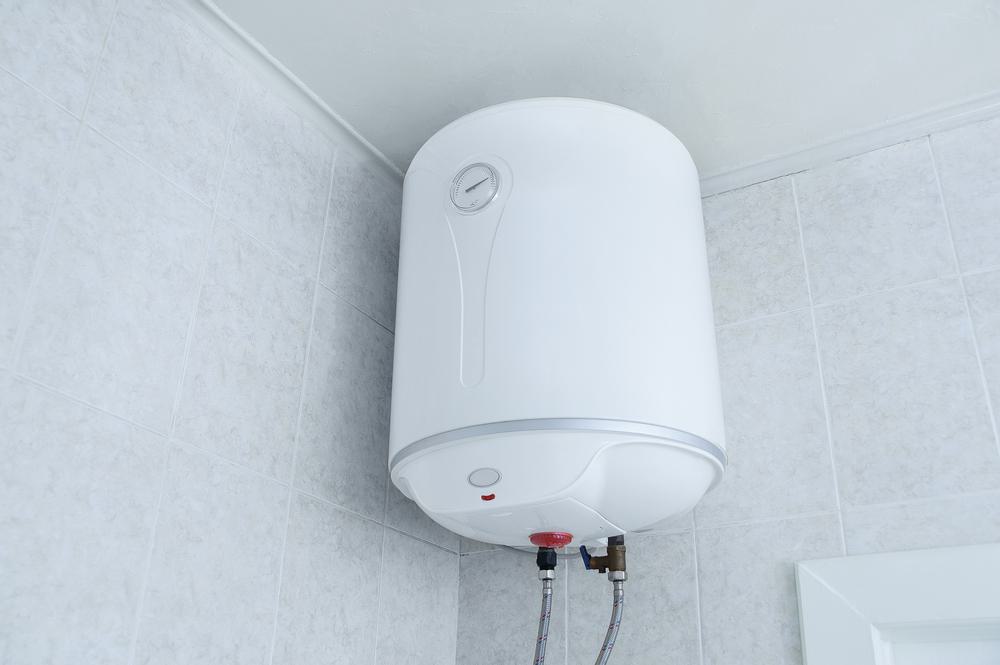
A water heater is an essential appliance in every home, providing hot water for showers, dishwashing, laundry, and more. However, like any other appliance, it requires regular maintenance to function efficiently and last longer. One crucial maintenance task is backflushing, also known as flushing or draining, which involves removing sediment buildup from the tank. In this comprehensive guide, we’ll walk you through the process of how to backflush a water heater in detail.
To backflush a water heater, first turn off the power supply and cold water supply. Allow the water to cool, then turn on the hot water in a sink or tub. Connect a garden hose to the drain valve and open it to start the backflushing process. Once the water drains completely and no more sediment is coming out, close the drain valve, disconnect the hose, turn the cold water supply back on, and then turn the power back on. Always prioritize safety and consider seeking professional help if unsure.
Importance of Backflushing a Water Heater
Backflushing a water heater is vital to maintain its efficiency, prolong its lifespan, and ensure your home’s safety. Over time, sediment and minerals like calcium and lime can accumulate at the bottom of the tank. This buildup can cause your heater to work harder, consume more energy, and wear out faster. It can also lead to issues like leaks, inconsistent water temperatures, and even complete system failure.
According to the U.S. Department of Energy, regularly flushing your water heater can increase its efficiency by up to 15%. While most manufacturers recommend flushing your water heater at least once a year, it may be necessary to do it more often if you live in an area with hard water.
Signs Your Water Heater Needs Backflushing
Several signs indicate your water heater may need to be backflushed. These include:
- Strange noises coming from the heater, usually caused by sediment moving around in the tank.
- Inconsistent water temperature.
- Reduced hot water supply.
- Discolored water, which could be a result of rust or sediment buildup.
- Foul odors or strange tastes in the hot water.
If you notice any of these signs, it’s time to backflush your water heater.
Tools and Materials Needed
Here’s what you’ll need to backflush a water heater:
- A garden hose
- A bucket
- An adjustable wrench
- A 4-in-1 screwdriver
- Plumber’s tape
- Rags
How to Backflush a Water Heater
Now, let’s get to the main part – how to backflush a water heater. Please note that it’s important to follow these steps in order:
- Turn off the power supply – If you have an electric water heater, turn off the power at the circuit breaker. For gas models, turn the thermostat to the ‘pilot’ position.
- Turn off the cold water supply – Locate the cold water valve near the top of your water heater and turn it off.
- Allow the water to cool – This is crucial to avoid burns from hot water. You can wait for a few hours or even overnight to ensure the water is cool.
- Turn on the hot water in a sink or tub – This will relieve the pressure in the system and prevent a vacuum from forming in the lines while you’re draining the tank.
- Connect a garden hose to the drain valve – Attach one end of the hose to the drain valve located at the bottom of the water heater. The other end should be placed where you want the water and sediment to drain, like a floor drain or outside.
- Open the drain valve – Start the backflushing process by opening the drain valve. Be prepared for the water to forcefully drain out.
Once the water drains completely and no more sediment is coming out, close the drain valve, disconnect the hose, turn the cold water supply back on, and then turn the power back on. Remember to check for leaks around the drain valve.
Safety Precautions
Safety should always be your top priority when performing any maintenance task. When backflushing a water heater, here are some precautions to keep in mind:
- Wear protective gloves to avoid burns from hot water.
- Ensure the area around your water heater is clean and free of flammable materials.
- Keep a bucket or a floor drain nearby to manage the water flow.
- Test the safety relief valve at least once a year to ensure it’s functioning correctly.
- Monitor the temperature and set it below 120 degrees Fahrenheit to prevent scalding and reduce the risk of overheating.
Do You Need a Professional?
While backflushing a water heater is a task most homeowners can do themselves, it’s always a good idea to consult a professional if you’re unsure or uncomfortable doing it. A professional can also help if your water heater has severe sediment buildup or other issues that a simple flush can’t solve.
In conclusion, backflushing your water heater is a crucial maintenance task that can save you money, improve your water heater’s efficiency, and prolong its lifespan. By following this guide, you’ll be able to backflush your water heater safely and effectively.
Frequently Asked Questions
How often should I backflush my water heater?
Most manufacturers recommend flushing your water heater at least once a year. If you live in an area with hard water, which is water high in minerals like calcium and magnesium, you may need to do it more frequently.
What should I do if my water heater continues to make noise even after backflushing?
If your water heater continues to make noise after backflushing, it could be a sign of a more serious issue like a faulty heating element or a damaged tank. In such cases, it’s best to consult a professional.
Can I use any garden hose for backflushing?
Yes, any standard garden hose can be used for backflushing. However, ensure it’s long enough to reach your drain point and that it’s in good condition to prevent leaks.
What should I do if there’s still sediment in the water after backflushing?
If there’s still sediment in the water after backflushing, you may need to repeat the process until the water runs clear. If the sediment persists, consider seeking professional help.
Is backflushing a water heater a messy process?
While backflushing a water heater can be a bit messy due to the water and sediment drainage, it’s manageable with the right preparation. Make sure to have a bucket or floor drain nearby to catch the water, and use rags to clean up any spills.


